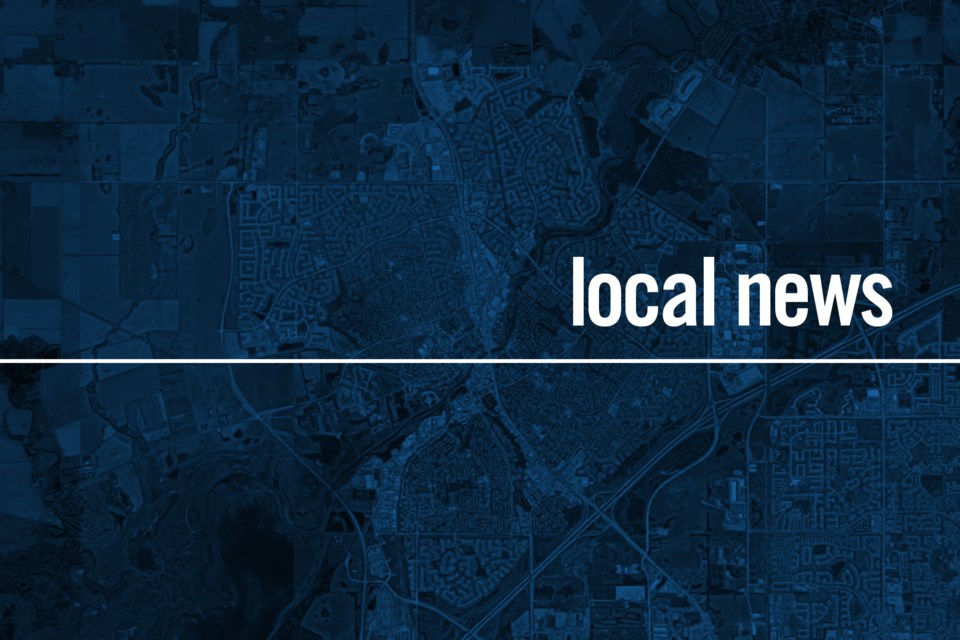The Alberta Trunk Carbon Line (ACTL) celebrated one million tonnes of CO2 captured on March 9.
“Carbon emissions have long been a challenge, but carbon capture and storage is turning that burden into an asset. Less than a year into full operation, the Alberta Carbon Trunk Line system has safely and permanently stored one million tonnes of carbon dioxide,” said Vanessa Goodman, manager for external relations of North West Redwater Partnership, in an email.
The March 9 milestone followed an announcement about the creation of a working group that will see officials from both the provincial and federal government and representatives from key Alberta industries expand carbon capture utilization and storage technologies.
“The world needs energy, and that energy must come with greener solutions,” said Goodman.
The Sturgeon Refinery is the first heavy oil refinery in the world designed and built with carbon capture, Goodman explained.
“The system reduces the environmental footprint of industrial facilities and adds to the growing list of successful carbon capture, utilization, and storage (CCUS) projects around the world.
“The Sturgeon Refinery is the anchor supplier of carbon dioxide to the Alberta Carbon Trunk Line system,” she said.
In a press conference, Premier Jason Kenney said they started the working group and they have been in advanced discussions with the Federal Finance Department, Environment, and the Kennedy Infrastructure Bank because CCUS technology is going to require more investment.
“The Government of Canada has committed to very ambitious emissions reduction targets, and it's our view that there's no feasible way for Canada to achieve those targets within the stated timelines, without a widespread application of game-changing technology like CCUS,” he said.
Some of the investments will come from the Technology Innovations Emission Reduction Program (TIER) Regulation but Kenney doesn’t think those investments will be enough.
Kenney said reports from the Boston Consulting Group indicated Alberta has some of the best geological formations in the world through our sedimentary reservoirs for deep storage of CO2.
Alberta has led the world in the technology for carbon capture but risks falling behind if we don’t “up our game,” Kenney explained.
“It’s going to require major investment,” he said.
The Alberta Carbon Trunk Line became fully operation in the summer of last year and is capable of transporting 14.6 million tonnes of CO2 per year. CO2 is captured from both the Sturgeon Refinery and the Nutrien Fertilizer facility and then transported via ACTL to a mature oilfield near the town of Clive in Central Alberta. CO2 is injected into depleted oil fields for either long-term storage or enhanced oil recovery, where it flushes out oil from the porous spaces in the reservoir rock and pushes it to oil wells that then pump it to the surface.
Enhanced oil recovery has had pushback, with a group of 47 organizations writing a letter decrying a new tax policy that would extend subsidies for this method.Regan Boychuk, co-founder and researcher of the Alberta Liabilities Disclosure Project (ALDP), was one of those 47. His organization pushes for transparency on Alberta's oil and gas liabilities.
“We're very intimately familiar with the status of hundreds of thousands of well sites across Alberta, the details of them and have many estimates for how much it's going to cost to clean (them) up,” said Boychuk.
Boychuk thinks it’s a very bad idea to use old public money to push more carbon out of the ground, because of how old the infrastructure is and how much accumulated cleanup there is.
“We know how raw and decrepit and unmonitored that infrastructure is. You want to pump carbon back down into these old fields that are full of many-decades-old cement and steel shafts," he said.
“It is incredibly stupid ... the whole idea that you can pump gas under pressure, and in massive quantities for a long period of time, (and) it's not going to leak back out when it's already leaking out of the existing fields at an incredible rate."
The reason they joined the letter, said Boychuk is out of concern that it is a strategy to increase oil production
“Carbon capture and storage is an unproven and very expensive way to spend a lot of public money, helping the oil sands continue to grow, which is unsustainable. It's a very bad idea.”
Read more from StAlbertToday.ca



